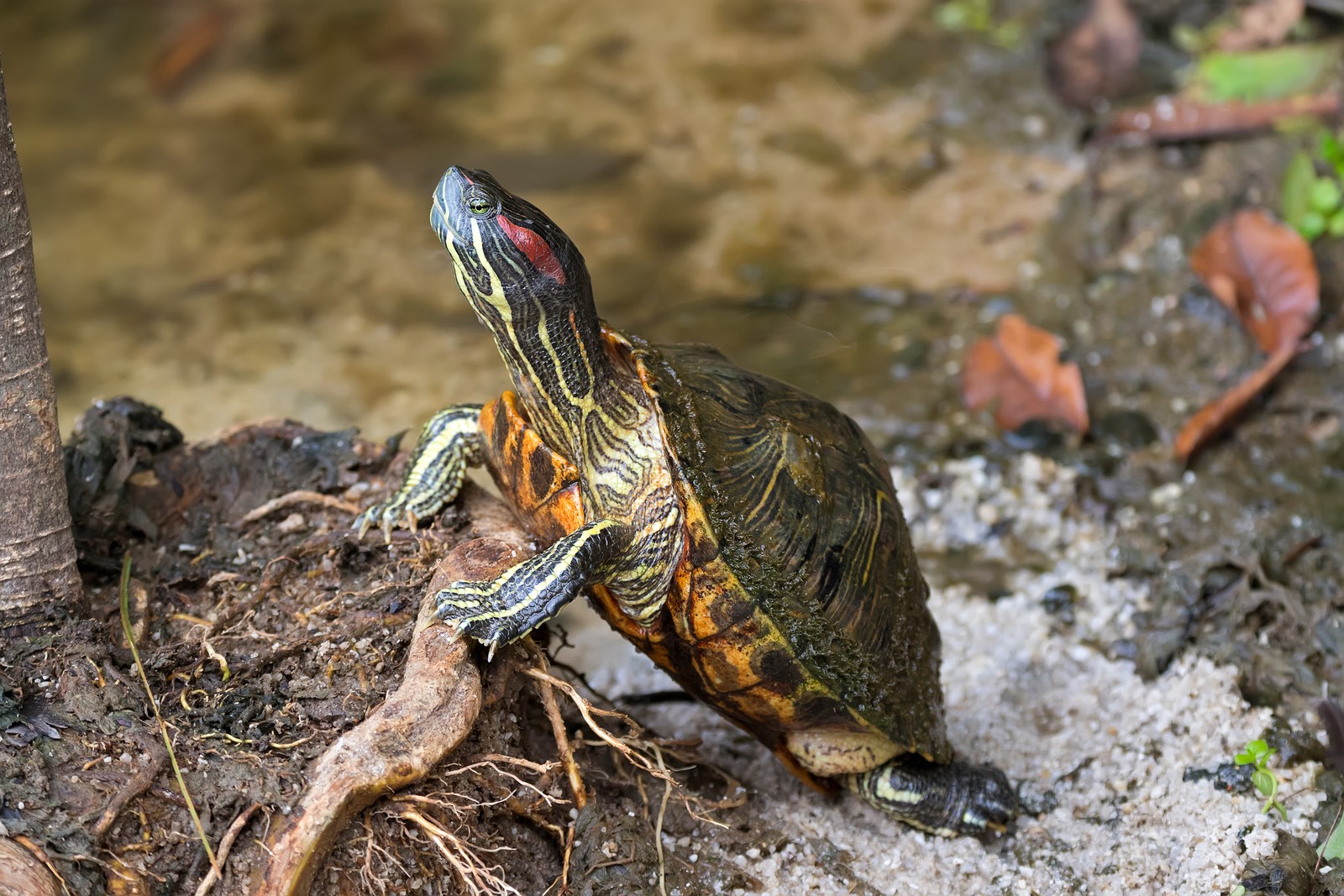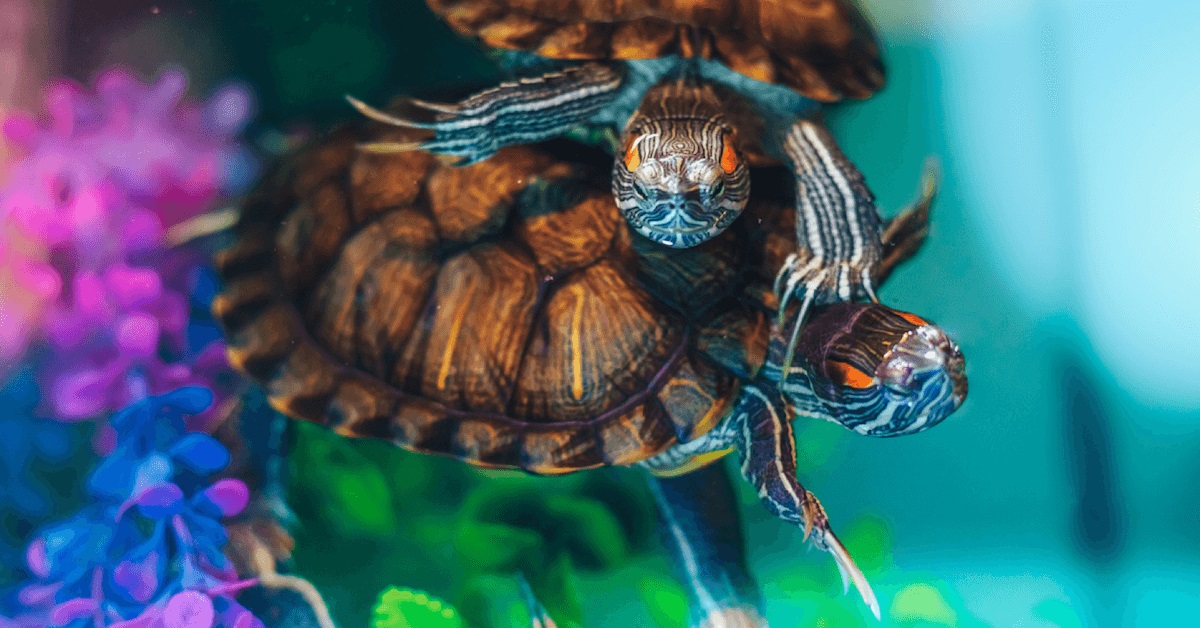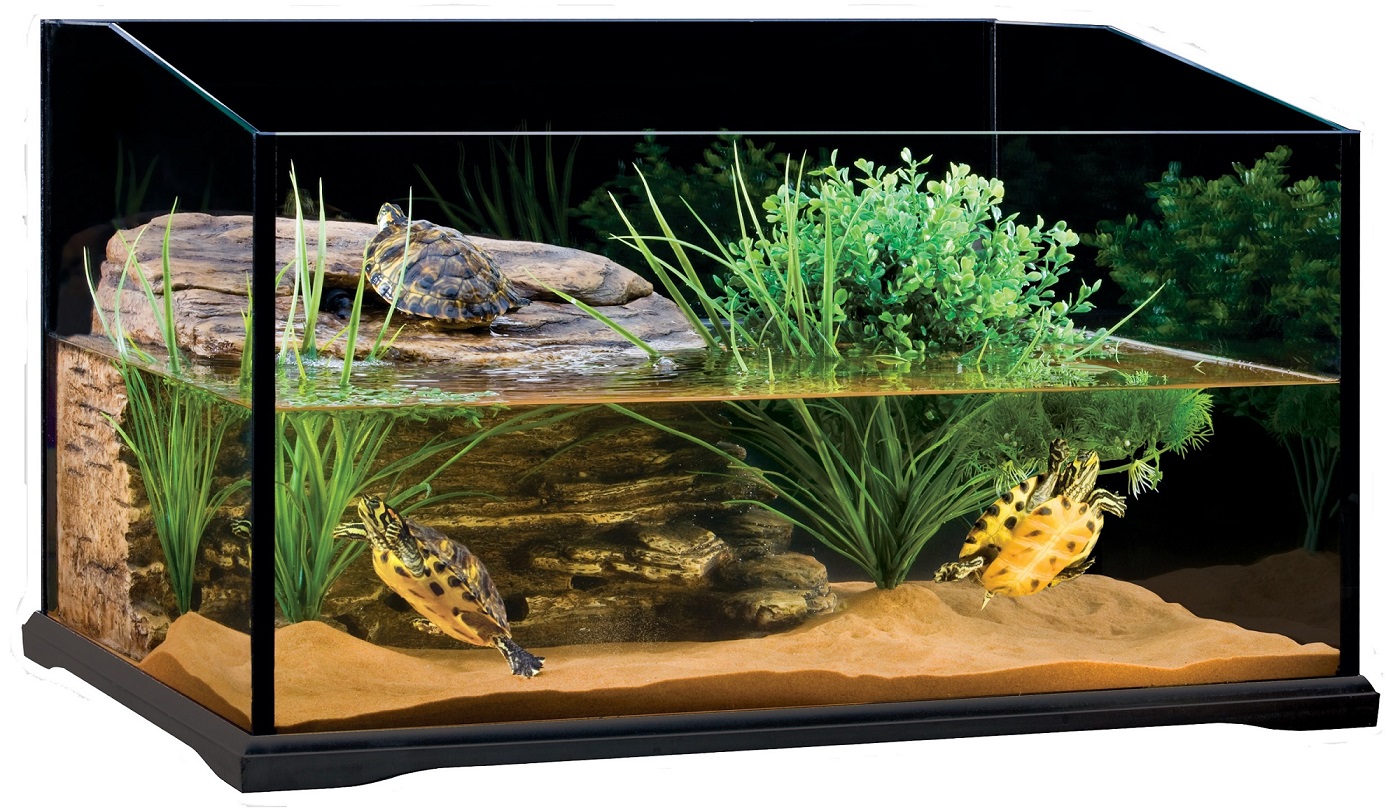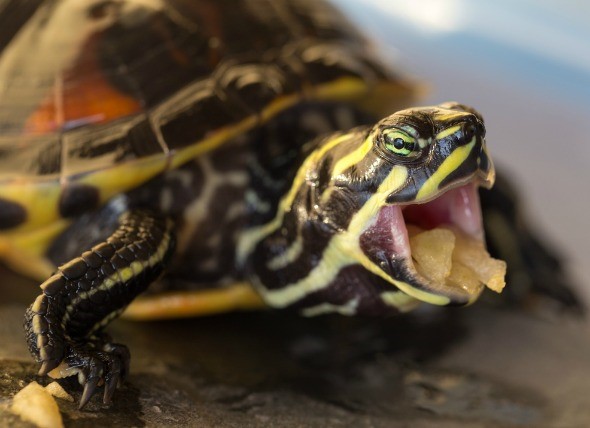Terrapin Things: A Guide to Terrapin Care


Often, terrapins are often thought to be low-maintenance pets or the ideal pets for beginners. While these reptiles can be adorable and intriguing, terrapins are not as low-maintenance as some would assume them to be. In fact, these reptiles tend to require just as much care and attention as any other pet!
Terrapins are a common sight in Singapore pet shops, with Sliders (not mini burgers, we know what you’re thinking) such as the Red Ear Slider or Yellow-Bellied Sliders being familiar faces. If you’ve always dreamed of bringing a terrapin home, here are four things you need to know about having them as pets.
Terrapin 101

Terrapins live both on land and in water. Like their counterparts, they tend to have an average lifespan of about 30 years, making it a pet for life and one that requires consistent and constant care and attention. Apart from its long lifespan, terrapins can also grow up to 23 cm in length.
That said, terrapins are reptiles and most reptiles are carriers of salmonella. Which is why it is crucial to practice precaution when handling them or its equipment. Hence, households with young children (under 5 years old) and those with weakened immune systems should not consider terrapins as pets.
Housing

Source: infoturtle
Housing a terrapin requires quite a bit of work and planning. Terrapins require a large space to call home, because of their lifestyle and future growth. It’s recommended to house them in a tank that can hold from 60 to 100 gallons of water. Apart from that, a terrapin’s home should also consist of a water filtration system, “basking zone”, UVB light and a heater. These are essential to mimic its natural environment to ensure proper growth and development for your terrapin.
Diet

Source: petmd.com
Terrapins are omnivores and require a diet with a mix of plant and animal-based foods. Aside from terrapin pellets, their diet includes freshwater fish, shrimps, insects, fruits and vegetables. You may also need to incorporate vitamins and additional supplements in your terrapin’s diet as well. However, be sure to consult your vet before making changes to their diets.
Do keep in mind that terrapins tend to be aggressive and messy eaters. It’s often recommended to have a separate feeding tank in order to reduce both food mess and soiling its primary home.
Common Illnesses
As with any other pet, terrapins are vulnerable to their fair share of diseases. More often than not, these diseases occur as a result of their habitat or diet. Unclean or unsuitable water and an unbalanced diet will cause your terrapin to suffer from oral cavities, infections and illnesses such as ear and respiratory infections, pneumonia or unbalanced and improper swimming, to name a few. Apart from that, terrapins can also suffer from Metabolic Bone Disease and Vitamin A deficiency, both of which are common in reptiles.
Terrapins can make for great pets when given the proper care and attention it needs. Before bringing this exotic and ancient creature home, ensure that you’re ready for the demands and responsibilities of being a terra-parent.








